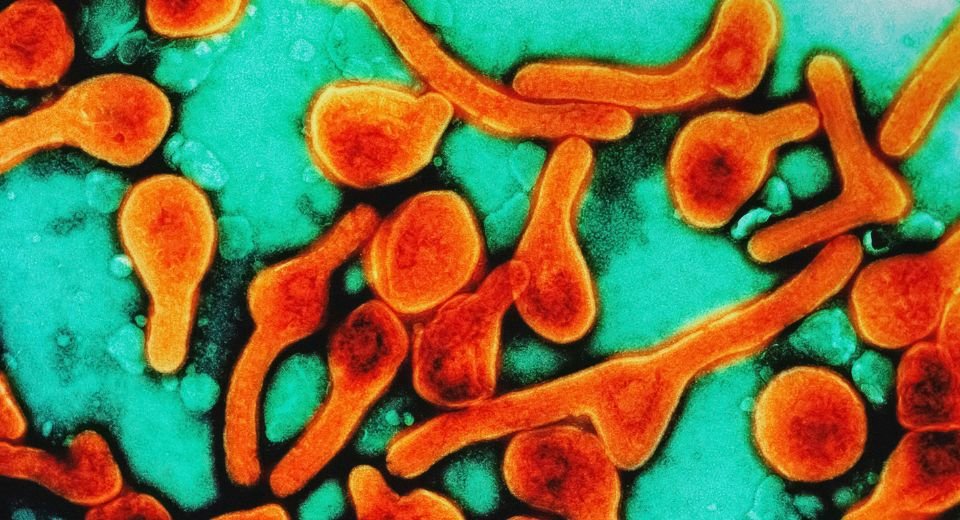HQ Team
October 1, 2024: Eight people have died in Rwanda due to Marburg virus disease and 26 others were confirmed to be infected by the illness — the first such in the eastern-central African nation.
The Rwanda Ministry of Health collected blood samples on September 27 and a real-time reverse transcription polymerase chain reaction test was conducted by the National Reference Laboratory in the country, according to the World Health Organization.
“As of September 29, 2024, a total of 26 confirmed cases, including eight deaths, have been reported,” according to a WHO statement. Health workers constituted more than 70% of the confirmed cases from two facilities situated in Kigali.
“Contact tracing is underway, with 300 contacts under follow-up.” The cases were reported from seven of the 30 districts in the country.
‘Risk low at global level’
There is currently no available treatment or vaccine for the disease.
WHO assesses the risk of this outbreak as very high at the national level, high at the regional level, and low at the global level, according to the statement.
Marburg virus disease is a highly virulent disease that causes haemorrhagic fever, with a fatality ratio of up to 88%. It is in the same family as the virus that causes Ebola virus disease.
Two large outbreaks that occurred simultaneously in Marburg and Frankfurt in Germany, and in Belgrade, Serbia, in 1967, led to the initial recognition of the disease.
Several outbreaks of the disease have previously been reported from countries neighbouring Rwanda, including the Democratic Republic of the Congo, Uganda and the United Republic of Tanzania. The most recent outbreaks were reported in Equatorial Guinea and the United Republic of Tanzania between February and June 2023.
Rousettus bat colonies
Human infection with Marburg virus disease initially results from prolonged exposure to mines or caves inhabited by Rousettus bat colonies.
Once an individual is infected with the virus, Marburg can spread through human-to-human transmission via direct contact (through broken skin or mucous membranes) with the blood, secretions, organs or other bodily fluids of infected people, and with surfaces and materials (bedding, clothing) contaminated with these fluids.
Illness caused by Marburg virus begins abruptly, with high fever, severe headache and severe malaise. Muscle aches and pains are a common feature.
Severe watery diarrhoea, abdominal pain and cramping, nausea and vomiting can begin on the third day. Diarrhoea can persist for a week. The appearance of patients at this phase has been described as showing “ghost-like” drawn features, deep-set eyes, expressionless faces, and extreme lethargy.
Many patients develop severe haemorrhagic manifestations between 5 and 7 days, and fatal cases usually have some form of bleeding, often from multiple areas. Fresh blood in vomitus and faeces is often accompanied by bleeding from the nose, gums, and vagina.
In fatal cases, death occurs most often between 8 and 9 days after symptom onset, usually preceded by severe blood loss and shock.

1 Comment